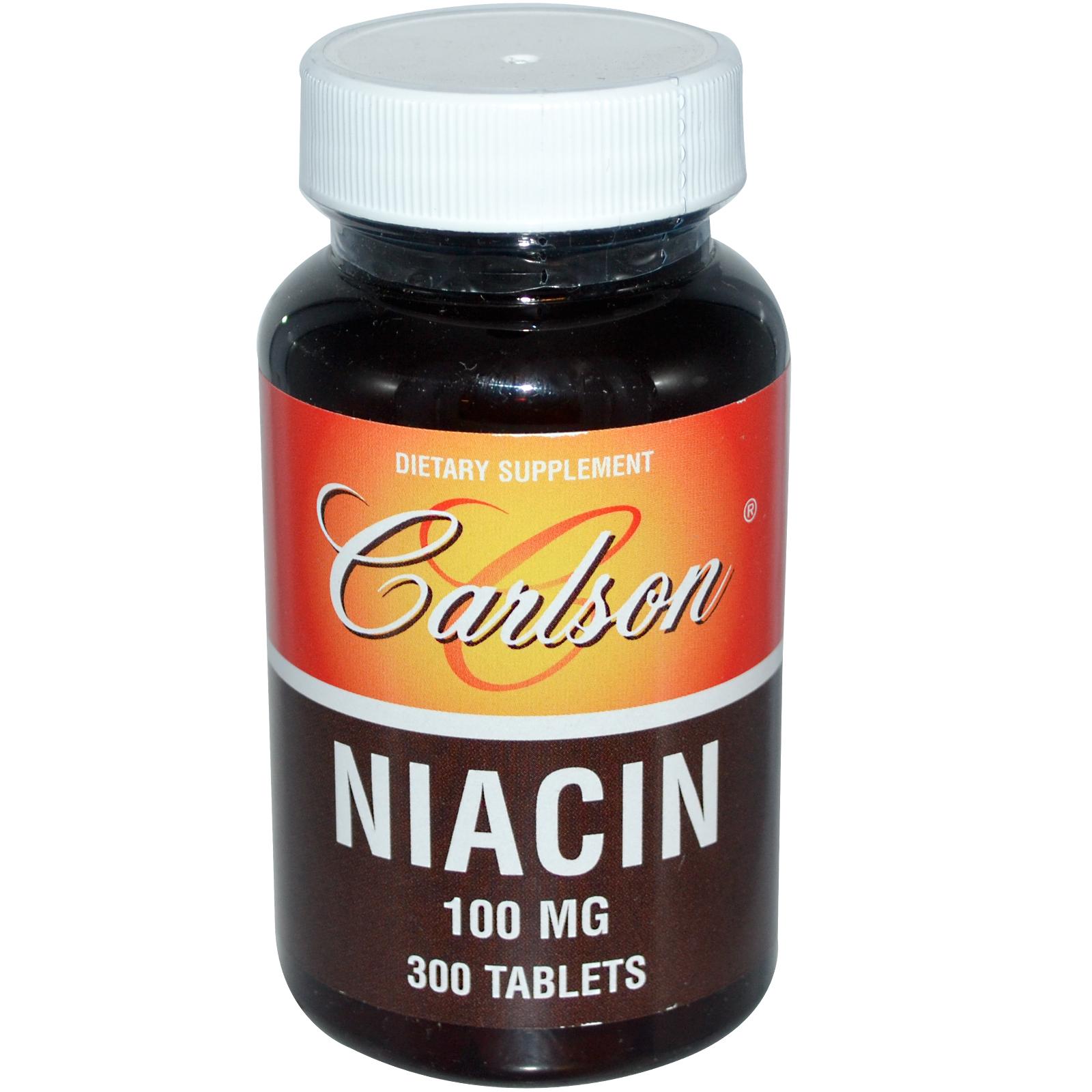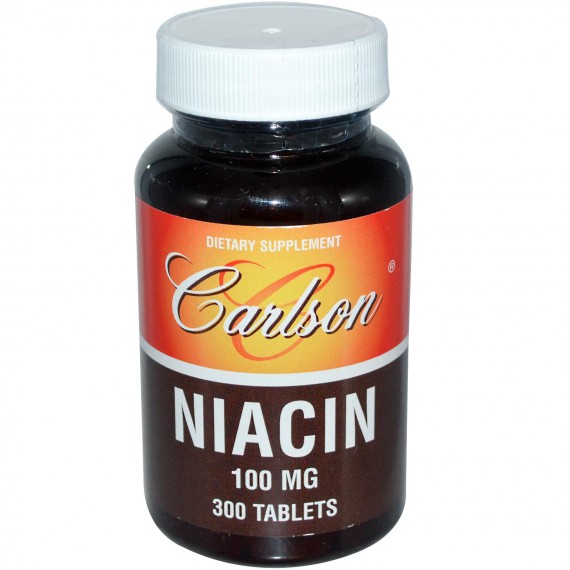
Niacin is known to increase HDL better than any medication. As shown in the following abstract, athletes who use anabolic steroids have very low HDL (high density lipoprotein) blood levels. HDL is the “cleaning agent” that removes what the dirty guy (LDL) deposits in the blood vessels. Low HDL can have a dramatic impact of cardovascular health.
Lipids in Power Athletes Self-Administering Testosterone and Anabolic Steroids
M. Alén 1,2, P. Rahkila 2, J. Marniemi 3
1 Department of Health Sciences, University of Jyväskylä, Jyväskylä, Finland
2 Research Unit for Sport and Physical Fitness, Jyväskylä, Finland
3 The Rehabilitation Research Center of the Social Insurance Institution, Turku, Finland
Abstract
The purpose of the present investigation was to study the effects of testosterone and anabolic steroids on serum lipids in power athletes. Altogether 11 national top-level adult athletes completed the study. Five of them volunteered for the study group and the rest for controls. The follow-up consisted of 9 months of a strength training period. During the first 6 months, the subjects in the study group self-administered androgenic steroids on an average of 57+24.9 mg/day.
The most interesting observation was the extremely low high-density lipoprotein (HDL) and HDL2 cholesterol concentrations of the androgen users. After 8 weeks of training, the study group had significantly (P < 0.05) lower HDL cholesterol concentrations than the control group (0.53±0.11 and 1.14±0.19 mmol/l, respectively). This difference remained significant from 8 to 32 weeks of training. No systematic changes were observed in the control group. The HDL2 cholesterol concentration decreased by about 80% (P < 0.01) and HDL3 cholesterol by about 55% (P < 0.01) from the onset values in the study group.
A substantial decrease in HDL cholesterol to total cholesterol and in HDL2cholesterol to HDL3 cholesterol ratios were also noticed under the influence of exogenous androgens.
The results of this study suggest that the sustained use of testosterone and anabolic steroids have a marked unfavorable effect on the pattern of HDL cholesterol in the serum of male power athletes.
*******************************************************************
Niacin is known to increase HDL better than any medication.
Regular over-the-counter niacin or nicotic acid, usually taken at a dose of 300-500 mg 3 x day, is a B3 vitamin shown to effectively increase good cholesterol, HDL, with some modest decrease in LDL. Many people take it along with a statin for best results. There have been concerns about liver toxicity and insulin resistance with niacin use, but several studies have found no such problem. But it has a flushing effect can make you feel like your skin is burning and itching a lot, which usually goes away after 20 minutes.
Some people say that taking a baby aspirin (81 mg) 30 min to an hour before taking Niacin really helps to minimize the flushing. Some people report less flushing when taking Niacin with a higher fat meal. Some take it before going to bed to sleep through the flushing effect. Start with lower dose of 250 mg a day and build up slowly up to 1000 mg per day. Get your doctor to check your fasting lipids (and liver enzymes) after a month of being on 1000 mg a day to see if this dose needs to be increased to 1500- 2000 mg a day.
Niaspan (KOS Pharmaceuticals) is a prescription form of extended release niacin. A placebo-controlled, double-blind trial in 122 HIV-negative patients with primary dyslipidemia compared Niaspan 1000 and 2000 mg/ day with placebo. Niaspan reduced LDL cholesterol significantly compared with placebo. In addition, triglyceride levels were decreased 21% with the 1000-mg/day dosage and 28% with the 2000-mg/day dosage. Approximately 85% of the patients taking Niaspan had some flushing, but this reaction did not differ in frequency, intensity, or duration between the two dosages. In two patients the aspartate transaminase level (liver enzyme) was more than twice the normal level, and in one the alanine transaminase level was elevated to more than three times normal.
Good sources of niacin include yeast, meat, poultry, red fishes (e.g., tuna, salmon), cereals (especially fortified cereals), legumes, and seeds. Milk, green leafy vegetables, coffee, and tea also provide some niacin.
Inositol hexanicotinate, a chemical cousin of nicotinic acid, is marketed as beneficially raising HDL cholesterol the same as nicotinic acid but without the skin flushing side effect. But critics argue that studies done to support the cholesterol-regulating properties of inositol hexanicotinate are out of date because they were conducted in the early 1960s. They also argue they were not conclusive.
There has been some debate as to whether or not flush-free niacin lowers cholesterol levels. In fact, there have not been enough studies to support or deny this. One study has indicated that up to 2,400 mg of flush-free niacin each day (in divided doses) is needed to lower cholesterol levels, whereas other studies have indicated that flush-free niacin is ineffective in lowering cholesterol.
One interesting study examining different forms of niacin measured the amounts of free nicotinic acid (the main compound in regular niacin) found in the blood after the no flush product was ingested. The study found that after 1.6 grams of inositol hexaniacinate was taken, only 0.6 micromoles/L of nicotinic acid was detected in the blood.
So, if you are using anabolics and are not monitoring your blood lipids, do so. If your HDL is below 40 mg/dl, consider starting over the counter Niacin or getting a prescription of Niaspan from your doctor.

About the author
Nelson Vergel is the author of "Testosterone: A Man's Guide- Second Edition" and co-author of the book "Built to Survive: A Comprehensive Guide to the Medical Use of Anabolic Therapies, Nutrition and Exercise for HIV (+) men and women", the founder of the Body Positive Wellness Clinic in Houston, and an expert speaker on exercise, nutrition, testosterone replacement, metabolism , sexual function and therapies to increase lean body mass and decrease fat.
Leave a Reply
You must be logged in to post a comment.